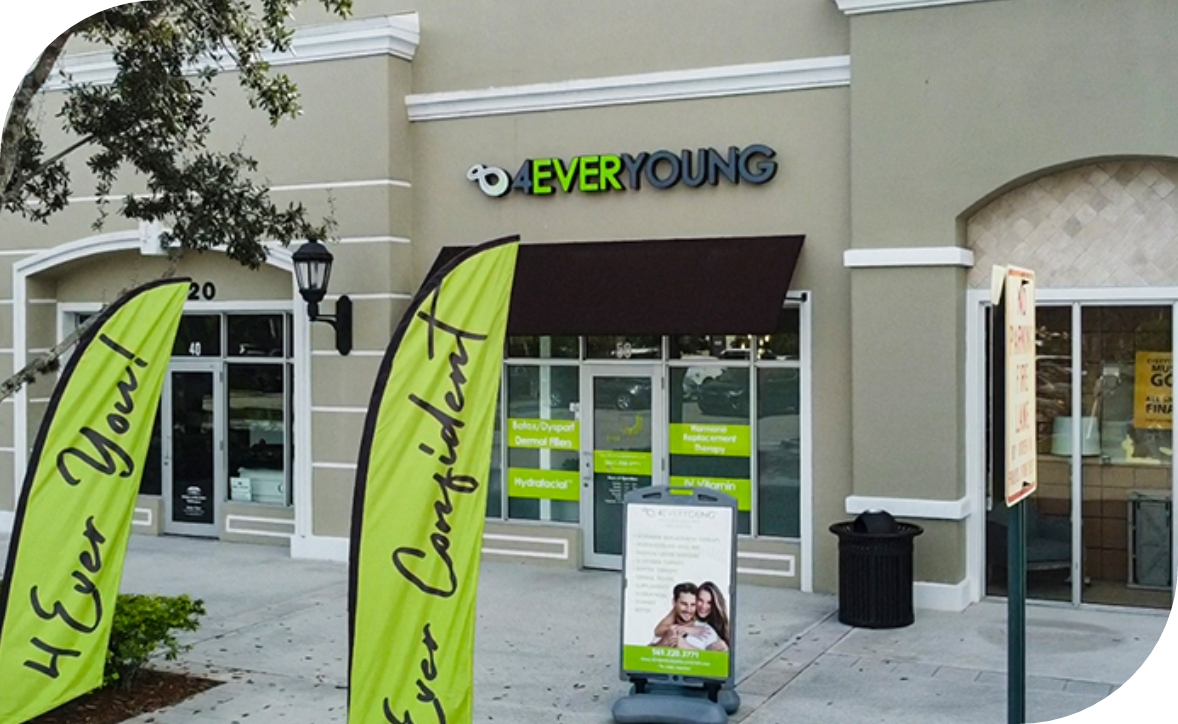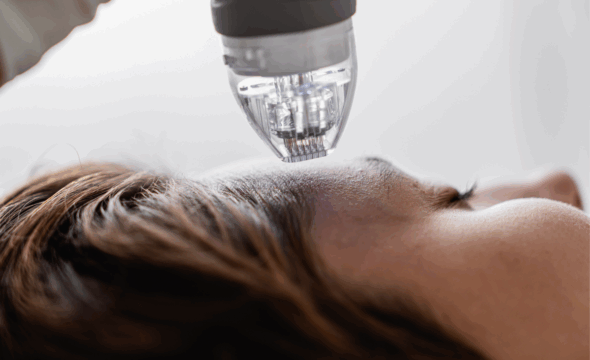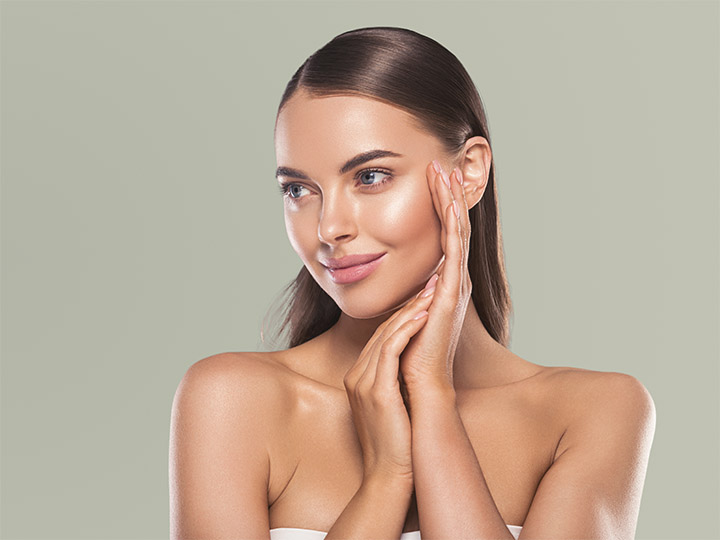How Often Should You Get Botox? Recommended Treatment Frequency
The botox results timeline typically begins within 3 to 5 days after your injection, but the full effect usually becomes visible around two weeks. This is when your facial muscles start to relax, and the treated areas look smoother and more refreshed. The results are not immediate, so it’s important to have realistic expectations. Once results fully kick in, they generally last between three to four months, depending on the person. Understanding how and when Botox works helps you plan your next session wisely, so you’re not caught off guard when the effects start to wear off.
General Guidelines for Botox Frequency
3–4 Month Maintenance
A common approach to regular Botox treatments is the 3–4 month maintenance schedule. This method has become popular because it aligns with how long the effects of Botox typically last for most people. Over this period, the muscle-relaxing properties of the injections begin to fade, and movement slowly returns. By maintaining a schedule within this window, patients can avoid the “rebound effect” of wrinkles reappearing. It’s a proactive method that allows you to stay ahead of deepening wrinkles without overloading your muscles or looking frozen.
When to Start Preventive Botox
People often wonder when to get Botox if they’re in their twenties or thirties. This is ideal for those starting to notice the earliest signs of lines. Beginning treatment early means small, targeted doses to train muscles to relax before deep creases settle in. Those who start in this age range often find they need fewer units over time. Preventive use helps maintain youthful skin longer by stopping expression lines before they become permanent features.
Customizing Frequency
Muscle strength and expression habits play a major role in Botox treatment frequency. Tailoring the frequency helps balance effective wrinkle prevention with a natural appearance. A skilled injector will assess your movement patterns and recommend a plan that’s personalized to your facial structure and how your muscles behave over time. Visual and sensory cues can guide you. When small lines begin to reappear with expressions, it may be time to act. If your skin feels tighter when smiling or frowning, or if you notice more movement in previously relaxed areas, it’s a subtle sign of returning muscle activity. These indicators are important parts of your Botox follow-up routine. Waiting too long may require stronger doses or more extensive treatment to regain control.
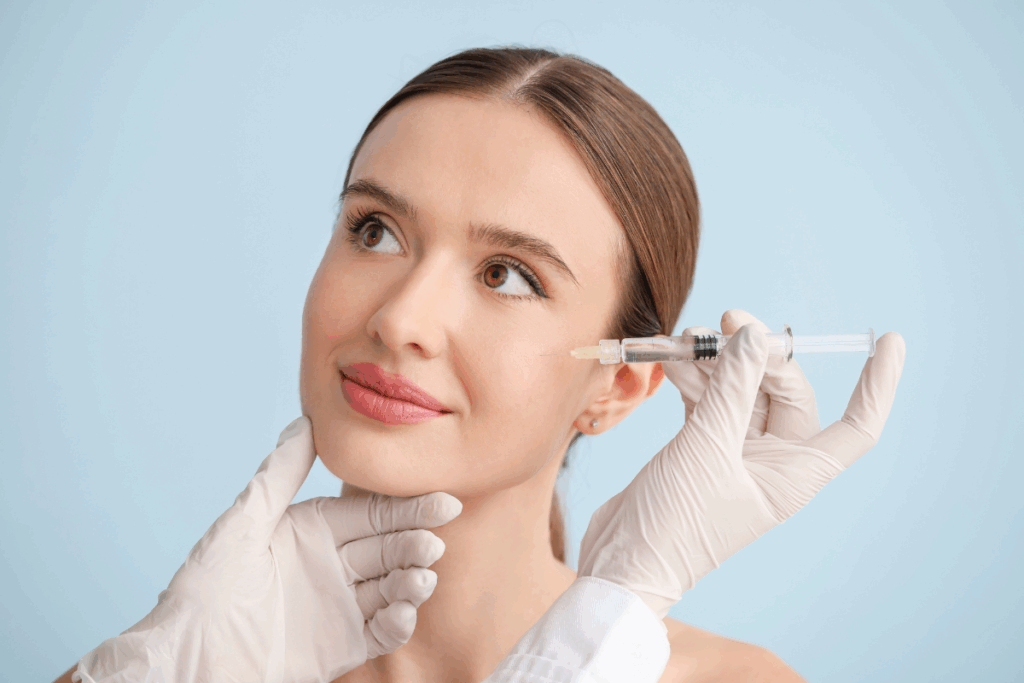
Area-Specific Botox Timing Recommendations
Forehead Botox
Botox for forehead lines is the first treatment area due to how often this zone moves with daily expressions. The number of units needed varies depending on the size of the forehead and the depth of lines. Results tend to last around three to four months, though some individuals metabolize it more quickly. Revisit intervals should be based on visible return of muscle activity rather than strict timelines. Regular assessments help prevent overly rigid results while keeping your appearance refreshed.
Crow’s Feet and Glabellar Lines
The eye area, including crow’s feet and the space between the eyebrows, can respond differently to Botox due to thinner skin and high movement. These areas are often treated every three to five months. Environmental factors like sun exposure can influence how long results last. In the summer, stronger muscle movement from squinting may shorten the effectiveness. Adjusting your schedule to consider seasonal changes is an effective way to manage facial wrinkle care. Some people even opt for touch-ups in sunnier months to maintain smoother skin around the eyes.
Lip Lines and Micro Botox
Lip lines require a delicate approach. Fine lines botox in the form of micro-injections soften the skin without freezing natural movement. Since subtle dosing is the goal, a twice-yearly strategy often works well. Every six months, small amounts can keep this area looking fresh without compromising lip function. Combining it with hydrating skin treatments can boost results. This area responds well to consistency, but overdoing it can affect mobility, so moderation is key.
Masseter and Jawline Botox
These muscles are thicker and more powerful, often requiring higher doses. It tends to last longer in these areas because of the muscle mass and slower wear-off. A Botox plan for aging skin involving the jawline usually involves biannual appointments. Treated muscles shrink slightly, offering added facial contouring benefits. Consistent but spaced-out treatments provide relief from jaw tension while improving face shape gradually.
Factors That Influence Botox Longevity
Age Lifestyle Considerations
Older individuals often have slower metabolisms, which may actually help prolong the effects of injections. Younger patients with fast metabolic rates might notice that their results don’t last as long. That’s because their bodies break down the neuromodulator more quickly. People who are very physically active or have high-stress lives may see shorter-lasting outcomes. Creating a Botox upkeep plan that takes these factors into account can help you adjust timing and dosage. Discussing your daily routine and personal habits with your provider can ensure you get a schedule that supports the results you want.
How Facial Animation Impacts Toxin Duration
If you raise your eyebrows frequently, squint often, or smile widely throughout the day, your facial muscles stay active and may shorten the lifespan of the treatment. People who are naturally animated may notice a faster return of movement, particularly in areas like the forehead or around the eyes. A consistent Botox regimen can help manage this muscle activity while still allowing your face to look natural and lively.
Effects of Smoking, Stress, and Exercise
Many factors come into play beyond just dosage and injection technique. Lifestyle choices are increasingly recognized as pivotal contributors to how quickly results wear off. Among these, smoking, chronic stress, and intense physical exercise are particularly significant. Here are habits that can compromise the body’s ability to maintain the effects:
- Impact of Smoking: Smoking has long been associated with accelerated aging and poor skin health, and its effects on Botox outcomes are no exception. The nicotine in cigarettes restricts blood vessels, leading to decreased circulation and oxygen delivery to the skin. This hampers the body’s ability to absorb and maintain the botulinum toxin within the targeted muscles. Given these impacts, individuals seeking longer-lasting Botox results are often advised to quit or reduce smoking.
- Influence of Chronic Stress: When you’re under constant stress, your body releases elevated levels of cortisol, a hormone that interferes with collagen production and accelerates the aging process. This internal stress response promotes inflammation and breakdown of skin structure, leading to more visible lines and wrinkles. Stress often causes people to unconsciously furrow their brows or clench their jaws, creating repetitive muscle movements that directly counteract the muscle-relaxing effects. These involuntary expressions can cause the injected areas to “fight back” against the treatment, wearing down its benefits more rapidly than in a more relaxed individual.
- Effects of Intense Exercise: High-intensity workouts increase the body’s metabolic rate. This elevated metabolism can accelerate the breakdown and removal of botulinum toxin from the body, shortening the typical 3- to 4-month lifespan. Essentially, the more efficiently your body processes waste and foreign substances, the faster it may neutralize their therapeutic effects. High-impact activities often include repeated facial movements like straining, grimacing, or furrowing the brow, especially during exertion. These expressions may engage the very muscles that Botox is intended to relax, potentially undermining the treatment.
By being mindful of these factors, individuals can make informed choices that align with their cosmetic goals and overall wellness. Adjusting even one of these habits can yield more satisfying and longer-lasting results from each Botox session.
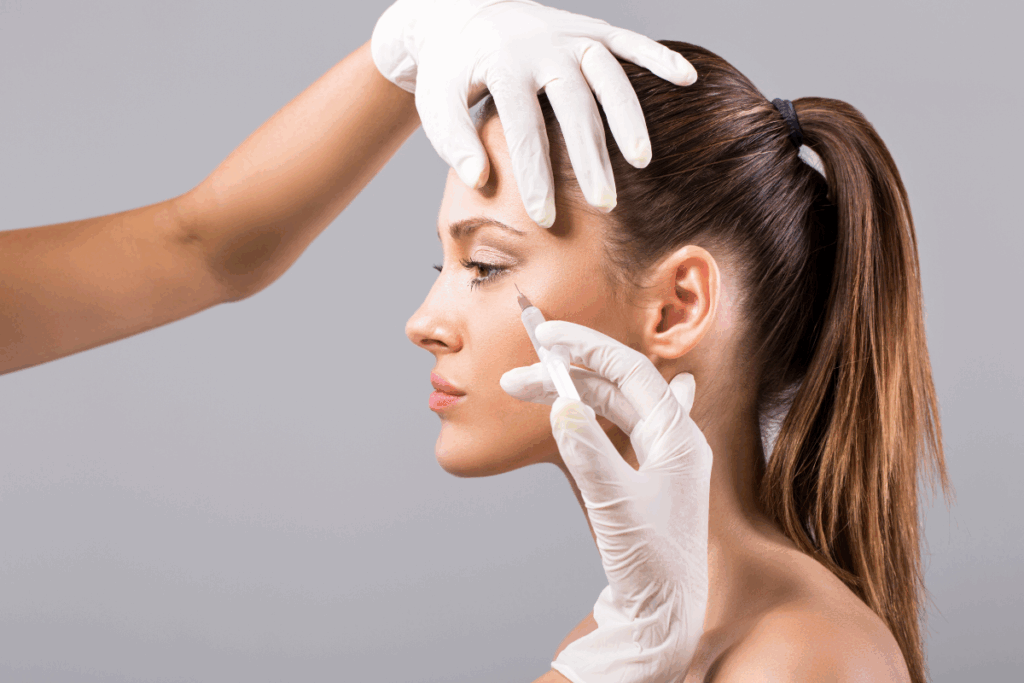
Strategic Planning for Events and Budgeting
Scheduling Photos and Holidays
When preparing for major events like weddings, vacations, or professional photoshoots, timing your Botox sessions properly is key. You’ll want your face to look its best without any lingering signs of treatment, such as minor swelling or temporary bruising. Schedule your appointment at least three weeks before the event. This gives the product time to settle fully and allows for any necessary touch-ups. A well-timed session ensures you’ll enjoy the peak effects right when they matter most. This is especially helpful when using Botox for fine lines that could appear more noticeable in high-resolution photographs or under bright lighting. At your follow-up, your injector will evaluate how well your muscles have responded and whether the result meets your expectations. These appointments allow for careful tracking of progress and long-term planning. A thoughtful follow-up ensures you don’t receive more product than necessary and helps your provider calibrate treatment with precision. It’s a chance to refine your look and make sure every session contributes effectively to your aesthetic goals.
Cost Planning
Treatments are typically repeated multiple times per year, depending on how your body responds. If you’re planning for long-term use, it helps to factor this into your beauty or self-care budget from the beginning. Consider your target areas and how many units you usually need per session. Consistency is essential, so aligning your finances with your botox advice can help you stick to your plan. Think of it as a structured commitment to your skin’s future.
Taking a ‘Tox Holiday’
Taking a break can offer valuable insights into how your face moves naturally. This can help both you and your injector determine if your current routine still fits your needs. This recalibrates your consistent Botox regimen and may even lead to lower dosage needs over time. Strategic pauses can be part of a healthy Botox journey.
Alternatives and Adjustments for Long-Term Wrinkle Care
Collagen Treatments
Botox targets muscle movement, and energy-based procedures encourage collagen production and tighten the skin over time. Combining both can deliver a layered effect that improves texture and elasticity in addition to smoothing lines. To amplify anti-aging, alternating sessions every few months offers both surface and structural benefits. This combination can help enhance facial wrinkle care without relying too heavily on one method alone. An experienced injector will evaluate how your muscles respond to treatment and adjust future sessions accordingly. Tailoring your approach helps ensure your investment continues to align with your evolving appearance and comfort level. Customization is essential for successful long-term Botox advice and results.
The Importance of Recording Progress and Responding to Change
Staying consistent and attentive throughout your Botox journey is key to achieving long-lasting results. This proactive approach supports both you and your injector in identifying patterns and maximizing the benefits of each session. Here’s how you can make the most of your records:
- Visual Documentation: Taking high-quality, well-lit photos before treatment and again about two weeks after allows you to visually assess the transformation with greater objectivity. These images provide a tangible reference for the subtle, and sometimes overlooked, improvements in your facial expressions and skin texture. It can also offer reassurance during the early stages of treatment when results are still settling. Keeping visual records promotes a sense of control and awareness that contributes positively to your overall treatment experience.
- Tracking Physical Sensations: Taking note of sensations like heaviness in the forehead or tightness around the eyes can help you determine whether dosage and injection placement are ideal for your unique anatomy. Keeping these notes allows you to be more informed about your own treatment response and increases your injector’s ability to personalize care.
- Recording Injection Sites: This information becomes particularly valuable over time as you and your provider work together to find the optimal balance between results and dosage. Every individual has a unique response to Botox, and even small differences in unit count or injection points can influence the longevity and symmetry of your results. Documenting this data helps identify whether a particular muscle group requires more or fewer units, or if certain areas consistently respond better than others. It can also be helpful if you change providers or go for extended periods between treatments.
- Noting When Results Begin to Fade: By writing down when you first detect the return of lines or increased muscle activity, you can better anticipate when to schedule your next appointment to avoid gaps in treatment. This insight is particularly helpful in understanding how external factors may influence how long your results last. You may detect patterns that allow for greater control over your appearance.
A detailed approach to progress tracking can help refine your Botox maintenance schedule and adapt treatments as your skin and facial dynamics change over time.
Developing a routine that supports your appearance goals requires more than a one-size-fits-all mindset. When you follow a steady rhythm of injections, your muscles adapt more predictably, making each treatment more effective. A thoughtful Botox plan for aging skin prioritizes balance.



